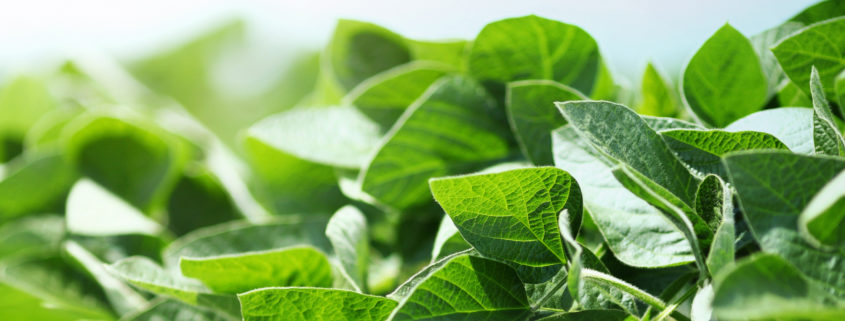How will delayed planting affect yields?
By David Kee, director of research at the Minnesota Soybean Research & Promotion Council
The wet spring has delayed planting across much of the U.S. to the point where the insurance subject “Prevent Plant” has become a hot topic in the industry.
Does this mean we can anticipate a low yield harvest? No, but it does mean the probability of a reduced soybean yield at harvest is increasing.
What else does it mean? Risk will increase. Risk for yield, seed size, seed quality, damage from pests, etc., will increase. As the window to grow a crop decreases, and the ability of the crop to compensate for environmental pressures decreases, the importance of implementing timely management decisions increases.
At the heart of the discussion is yield, which is nothing more than the number of beans per acre multiplied by the average weight of the bean. As the number of beans per acre increases, yield increases. An increase in the average bean size also leads to a yield increase. Increase both and yield dramatically increases.
Quality may be impacted also, dependent on the industry. Small seed is preferred for natto, but tofu producers want very large, clear beans.
Increasing the number of beans per acre is accomplished in a number of ways, as is increasing the average bean weight. All of which requires environment factors (heat units, water, nutrition, etc.) that are impacted by time. Delayed planting reduces the amount of time to accumulate the heat units, develop the plant, increase the number of nodes per plant, etc. Late planting reduces the opportunity to develop a high number of beans per acre and to develop a heavier bean. Reduced opportunity results in increased risk for both grower and contractor.
Variances in weather increase this risk. Most of the soybean production region is experiencing high soil moisture. Once planted, if the temperature is correct, beans will emerge and grow rapidly. Like last year, if the weather cooperates (adequate rainfall and normal to late fall/frost), high yields may still occur. However, unirrigated beans will need rainfall to continue growth. A short drought may delay the onset of flowering. A droughty situation may start the process of senescence early. In addition, a rain after Reproductive stage 6 (R6) might cause a flush of new growth and flowering. These new beans may squander plant resources, resulting in low bean weights and increased numbers of green beans (immature beans) at harvest. This is not an uncommon scenario with southern USA beans. If an early killing frost occurs, a similar situation arises with northern U.S. beans. Green beans reduce meal and oil value of commodity beans. For certain food grade beans, excessive green beans require more intense management using color sorters, etc., for the product to maintain standards.
Delayed planting may not reduce the risk of pest damage. It may increase risk for damage, as additional delays in plant growth, flowering, pod set, bean fill, etc. decreases the time the plants to complete the activities to make beans. Delayed planting increases the importance of timely decisions. The reduced time frame also increases the impact of a bad decision – utilizing the wrong pest control measure – as the plant has less time to recover.
What can be done? Preplan, scout, communicate and stay in front of problems. Timely distribution of information becomes even more important for both growers and contractors. A quiet conversation over a cup of coffee may have the highest ROI of any investment.
- https://www.agprofessional.com/article/planting-delayed-here-are-your-prevent-plant-options
- https://www.agprofessional.com/article/prevent-plant-most-profitable-option-2019
David Kee is director of research for the Minnesota Soybean Research & Promotion Council. Reach David at 507-388-1635 or drop him a line here.







Leave a Reply
Want to join the discussion?Feel free to contribute!